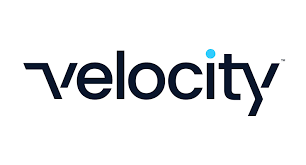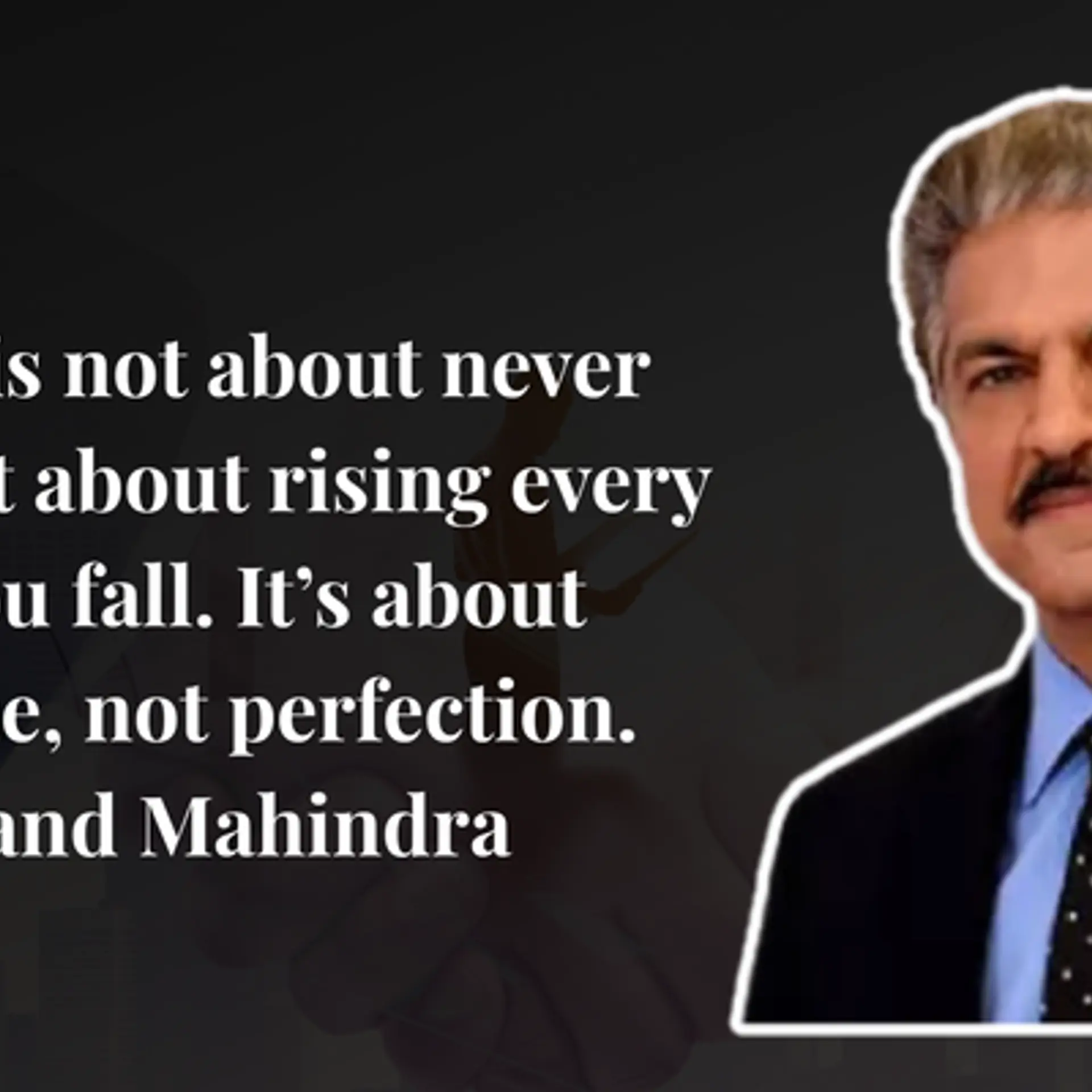
Velocity
View Brand PublisherSix solutions to navigate the economic downturn: Catch the highlights from Velocity CEO’s recent masterclass
Abhiroop Medhekar pointed out that with VC funding drying up and bank loans being highly inaccessible, revenue-based financing is a reliable option for D2C brands.
India’s D2C landscape has seen tremendous growth in the pandemic years, backed by the rise of India’s ecommerce market, robust internet, affordable smartphones and better customer experience.
But as we emerge out of the pandemic days and look towards the future, the reality may or may not be the same. To shed light on the current situation for D2C brands, Abhiroop Medhekar, Founder and CEO, , conducted a masterclass on the topic ‘Navigating the Economic Downturn: What is the Path Ahead for D2C Businesses?’
As the CEO of Velocity, India’s largest revenue-based financier for ecommerce brands and an ex-VC, Abhiroop has worked closely with several ecommerce brands to help them build fast-growing, yet sustainable businesses. “I get to combine all the experiences that I've had as a VC and as a founder to build really innovative and cutting-edge financing products for ecommerce businesses,” he said.
He shared his learnings at the unveiling of the final cohort of ‘500 Challenger Brands’, an initiative by YourStory’s Brands of New India (BONI).
Here are some key highlights:
D2C founders are navigating multiple minefields
In their many interactions with D2C founders, Abhiroop learnt about some key challenges that brands face. To start with, inflation is a problem. Input costs are rising, which impacts a brand’s margins. There is a fear of global recession and with consumer spending going down, and even though COVID accelerated the sector’s growth, businesses are pretty much back to square one. He also added that customer acquisition costs, which is a major expense for D2C brands, is structurally rising because of the changes being made in the Apple and Facebook ecosystem. Global supply chain is also taking longer to secure supplies from other countries, he noted.
VC funding has seen a sharp pullback
Abhiroop believes that venture capital funding is decreasing significantly. “2021 was a great year purely from the point of view of the amount of capital which got plowed into the Indian ecosystem. But that has seen an 80 percent year-on-year drop, which is extremely sudden and significant. And that is impacting companies across stages. It's not just limited to the late stage companies, but it has had a trickle down effect on early-stage companies as well. And I think that is one top worry that we hear from the founders that we work with,” he said.
In the face of these challenges, Abhiroop has six solutions for founders that they should focus on. These, he says, will only become more important in the current times.
1. Build for a sharply defined niche
D2C founders often struggle with lack of customers, but customer acquisition is expensive and so is building brand awareness. Defining the customer segment can be the first step. “You could think about the age bracket, the gender, the economic class, the profession, but across each of these, keep the definition very, very sharp,” Abhiroop said.
Along with this, D2C brands must answer the ‘why’ behind the product, so that people buy that instead of a generic product. They must ensure that for their targeted segment, their product is 10x better than the rest. It should be a significant improvement over the existing set of products customers are using. And at the same time, they have to find unique ways to reach out to them through different channels.
2. Solve for repeats and LTV
There is a lot of research, which indicates that a repeat customer is twice as profitable as a new one. “So your efforts should be more focused on the repeat customer instead of just going blindly after new acquisitions,” Abhiroop said, adding that as per a Harvard Study, even a 5 percent increase in repeats can increase profitability up to 95 percent.
A great product is a starting point for repeats. But it's not sufficient, and brands must complement the great product with the right set of data-backed nudges. The first and most critical enabler for this is that brands have to own the customer relationship. To that end, having your own website is a superpower. “Next, you have to analyse your data, you have to track your overall retention at a cohort level. For example, if you acquired 100 customers in a particular month, out of those 100, how many end up repeating after one month, three months, six months? What you have to worry about is whether your existing customers are really retaining with you over time or not,” he added.
3. Reduce your cash burn
It’s okay to not target a 3x year-on-year growth if it's unprofitable, believes Abhiroop. One must solve for profitability. Given the VC funding slowing down, D2C founders must work on extending their runway by 24 months. Instead of depending on external capital infusion, they have to ensure that the business becomes self-sustainable, and there are some very important levers that they can pull, for instance, smartly increasing their pricing. This becomes easier if brands are building a differentiated product targeted towards a niche segment.
Apart from this, Abhiroop also shared a few tips that he wanted founders to create a work plan around. These included reduction of marketing costs by using alternate channels other than Google and Facebook. SEO is important, and so is investing in good CRM. Then comes funnel conversion optimisation, and lastly, the importance of repeats, again cannot be emphasized enough. Founders have to focus on retaining customers and realising the LTV of those customers.
4. Optimise your working capital cycles
The first thing where working capital gets stuck is the inventory that people have to keep. The good thing here is that D2C brands have a lot more data compared to a traditional brand. So they should leverage that data to really figure out the right SKU-level inventory based upon demand patterns. “Brands which run even a basic quarterly inventory planning have been able to cut their inventory levels by 30-40 percent,” Abhiroop explained.
Additionally, brands should also build strong supplier relationships to get at least 30 to 60 days of credit periods. On the other hand, if the suppliers are paid earlier, they can often extend a discount of 4-6 percent which will directly add to the brand’s net margins - so worth checking with them nonetheless. “Even if brands are unable to get credit periods directly from suppliers, they can get up to 50 days of additional credit period using Velocity cards, which can be used even where the supplier doesn’t accept cards,” Abhiroop added.
5. Measure what matters
It is critical to track a few key metrics everyday. “Instead of getting lost in details, it's important to be religious about tracking a few numbers daily, which will help you course correct as soon as possible. Great founders are always on top of their numbers. They focus on the right metrics. They use those metrics to keep improving the company performance and prioritising the right set of initiatives. If they push for the right metrics, it will lead to the right outcomes,” Abhiroop said, adding that some of the key metrics to track daily are Return On Ad Spend (ROAS), repeat percentage, revenue growth and cash on delivery percent. Velocity provides a free tool called Velocity Insights which consolidates data across Shopify, Amazon, WooCommerce, Facebook and Google to create such a daily snapshot for D2C founders in India.
6. Secure a scalable source of funding
Equity capital goes through market cycles of ups and downs. While it was extremely bullish and aggressive last year, it has turned extremely conservative this year. To that end, it’s important to look for partners who support you through thick and thin. Currently, VC funding is drying and bank loans have been highly inaccessible. “So you really need to solve for a scalable source of capital. And we have solved for it via revenue based financing. With bank financing, if you're raising a few crores, you have to pledge your house, your property or land as collateral. All of that is not required for revenue-based financing; it is entirely against your revenues and cash flows,” Abhiroop explained. “It is also a very flexible form of financing because as the business goes through ups and downs, the entire repayment also goes in line with that. So you can automatically pay lower in case your business is going through a down cycle,” he added.
The Velocity edge
Velocity began in early 2020 with a single product called Revenue Based Financing. Over the years, they have expanded phenomenally after understanding the problems of their customers. The company has four main products and they work with over 3000 brands across their products and have made over 1000 investments in India’s D2C space.
Revenue Based Financing enables ecommerce businesses to raise up to Rs 5 crores of growth capital within five days, it is completely unsecured, and the repayment is flexible. Apart from this, Velocity also offers Velocity Insights, a free product that gives customers concise daily summary of all their key business metrics, and Velocity Cards, which is a corporate credit card based upon customers’ cash flows. They also recently announced the launch of their latest product called Velocity Payments geared towards streamlining invoices and vendor payments for eCommerce brands.
“We are strongly aligned towards supporting your growth. We have skin in the game because we also take a hit when your business is not growing,” Abhiroop signed off.
To access the masterclass presentation
India’s D2C landscape has seen tremendous growth in the past. But today, that may not be the case. Catch the highlights from the masterclass ‘Navigating the Economic Downturn: What is the Path Ahead for D2C Businesses?’ conducted by Abhiroop Medhekar, Founder & CEO, Velocity.







